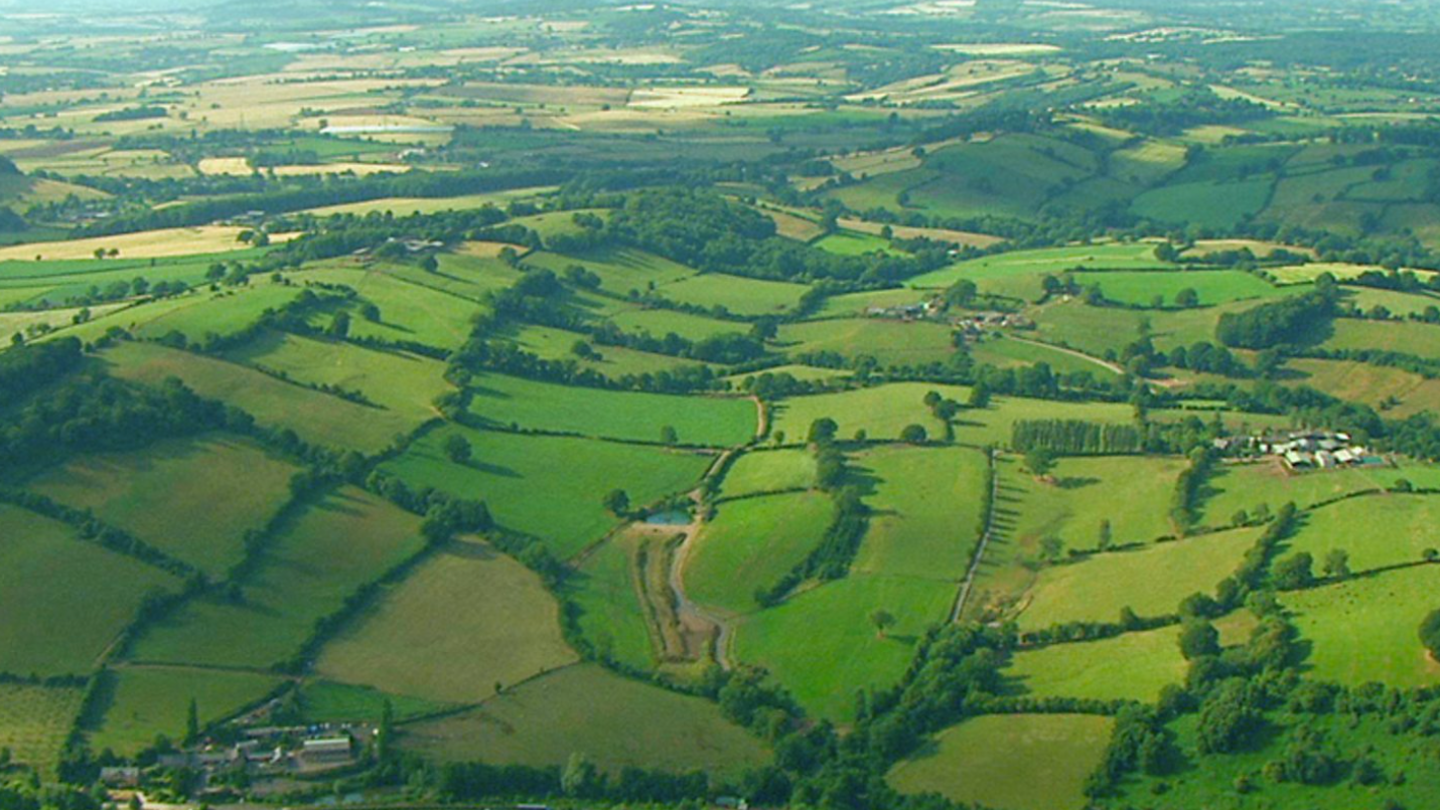'Bond-villain lair' on reservoir site given go ahead
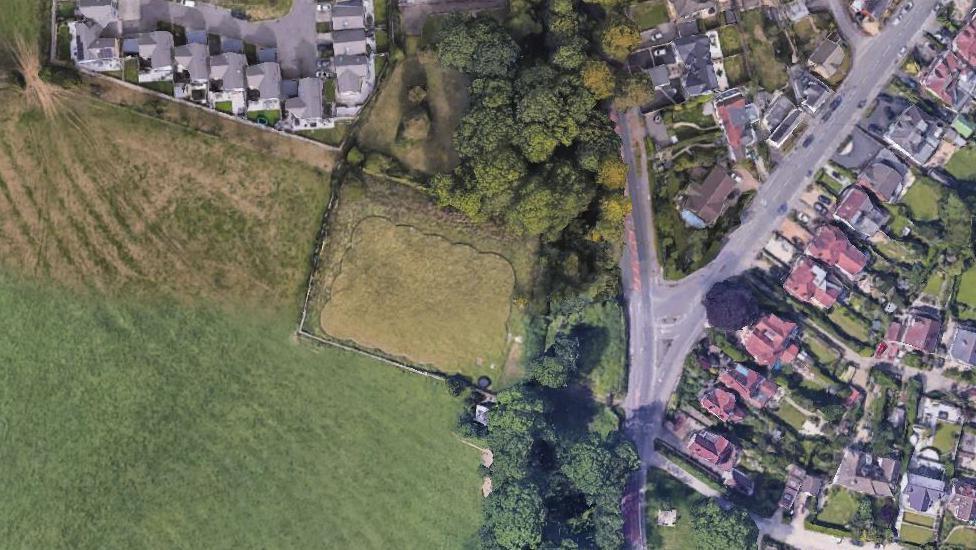
The home will be built on the site of the former Leckhampton reservoir on the edge of Cheltenham
- Published
Plans for to build a “Bond-villain lair” style home on the site of a disused reservoir have been approved.
Taller Developments Ltd has been granted permission by Cheltenham Borough Council to redevelop the former Leckhampton reservoir in Leckhampton Hill.
Proposals include developing the redundant former Severn Trent Water subterranean reservoir into a contemporary six-bed home.
The entire property will sit below the surface of the existing buried structure and will be accessed via the existing access point to the site, from Leckhampton Road.

The six-bed home will have a swimming pool, gym, and wine store
Plans for the home include five bathrooms, a kitchen, dining room, living room, gym, games room, study and wine store.
Outside, the plans continue with a swimming pool, outdoor seating area, external courtyards along with a garden, pond and three space garage.
Cheltenham Architects Panel meeting agreed the design concept was interesting and exciting, but said amendments were needed before they would be willing to fully support the scheme.
Phil Bennett, chairman of Leckhampton and Warden Hill Parish Council, contested the proposals on the grounds that the development lies within the greenbelt area, as well as the Cotswold area of outstanding natural beauty (AONB).
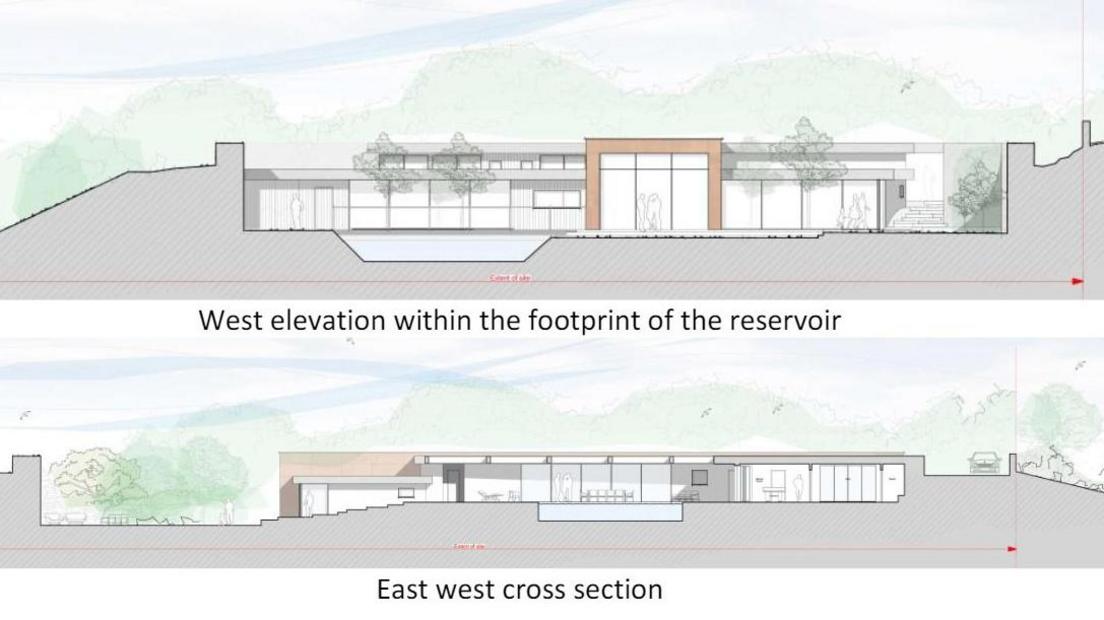
The home will be built below the surface of the existing concrete structure at the reservoir
Ward councillor Martin Horwood expressed concern over the risk a new access point would cause to highways safety, though he acknowledged it was an exciting design.
“I’ve heard it compared to a Bond-villain lair, which may be a bit unfair, but honestly I would rather have that than a boring box,” he said.
“I also appreciate the efforts made to adapt to both the unusual setting and the landscape particularly through the use of green roofs.
"My main concern is about road safety. Sports bikes and cars descend the hill very fast and there have been multiple accidents here.
"There’s a real risk of someone being killed or injured," he added.
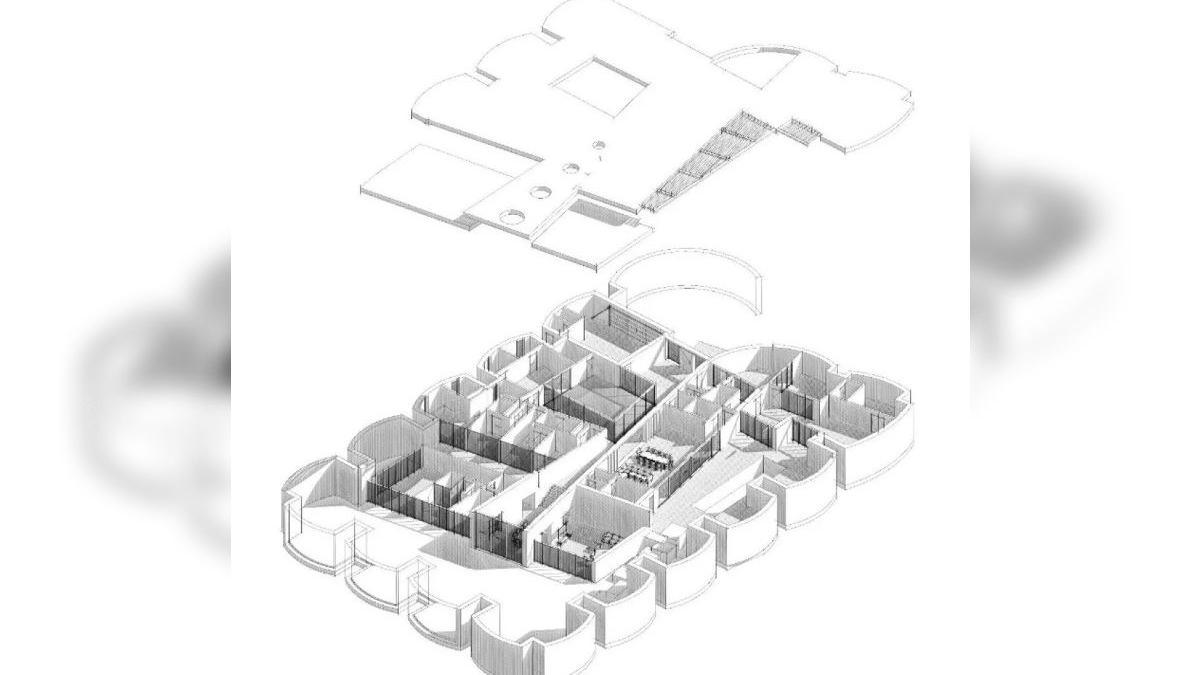
The entirety of the six-bed house will sit below the top surface of the existing buried reservoir
Gary Dickens, agent for the applicant, spoke in favour of the scheme at the Municipal Offices on 13 June.
According to the Local Democracy Reporting Service, he said it was two years in the making and involved proactive engagement with the planning and highways authorities.
Mr Dickens said the proposal would also not have any greater impact on the greenbelt or Cotswold area of outstanding natural beauty (AONB) as it will sit within the existing structure.
The majority of the structure would be made of sustainable timber, he added.
Ultimately, the committee voted unanimously to approve the application, in line with the officer’s recommendations.
"Given the fact there are no objections from our professional highways advisors I could not think of any reason for refusal," councillor Paul Baker determined.
- Published31 May 2024
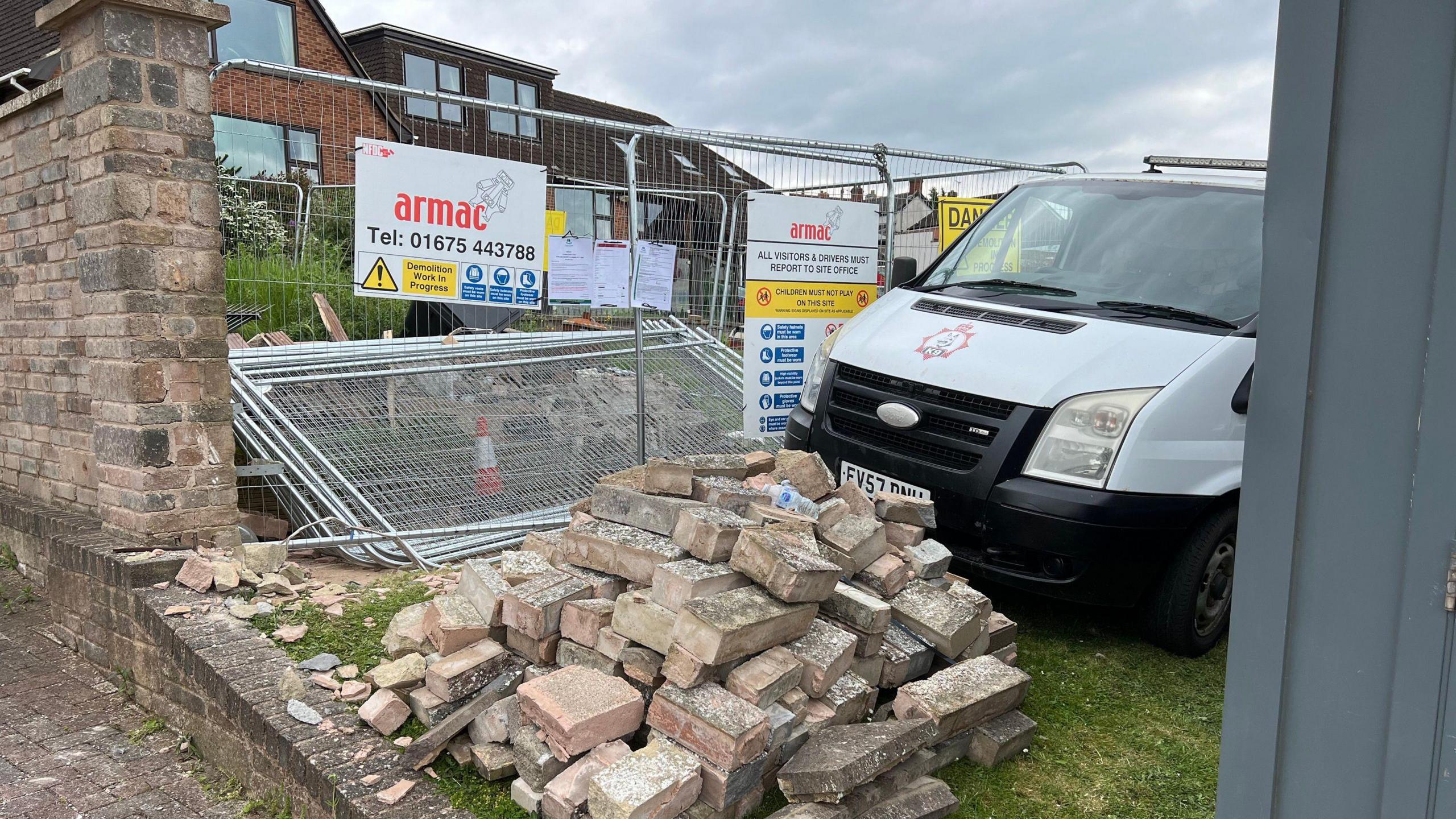
- Published6 June 2024

- Published22 February 2024
